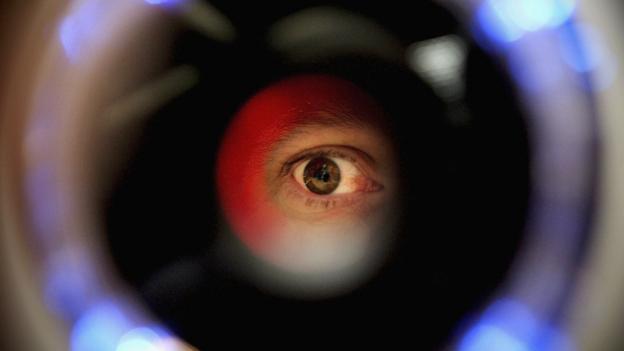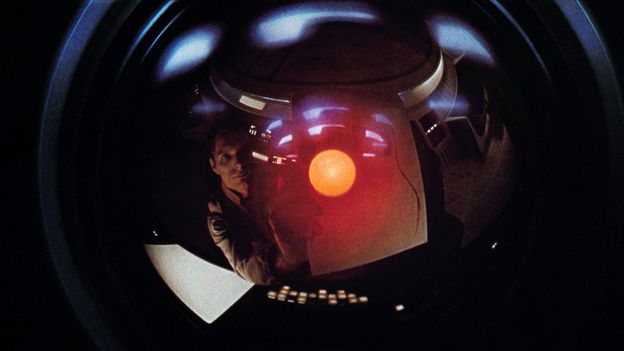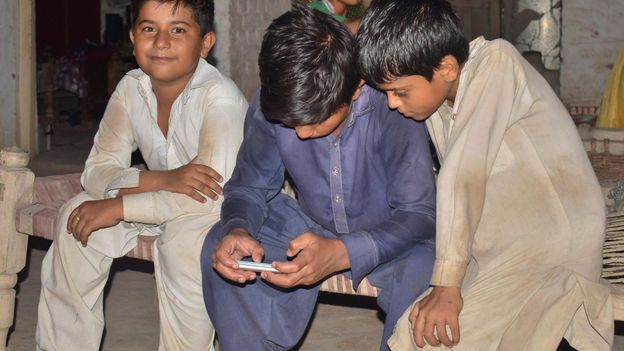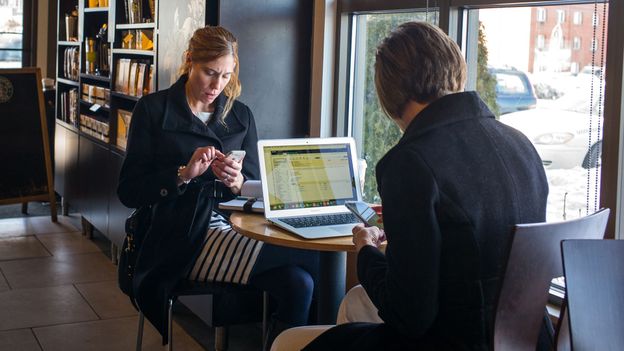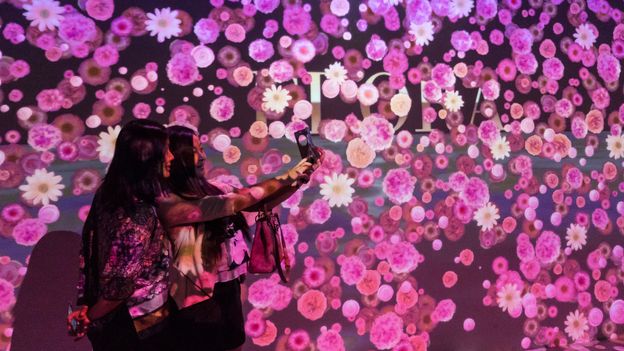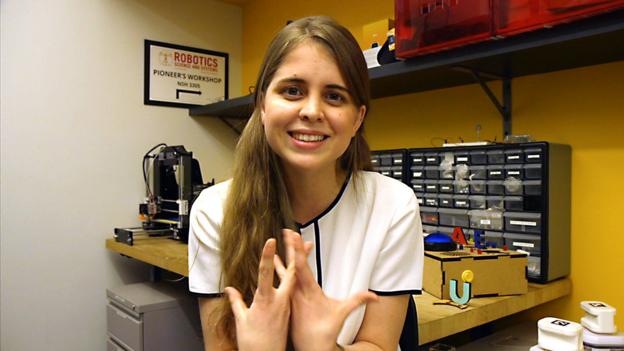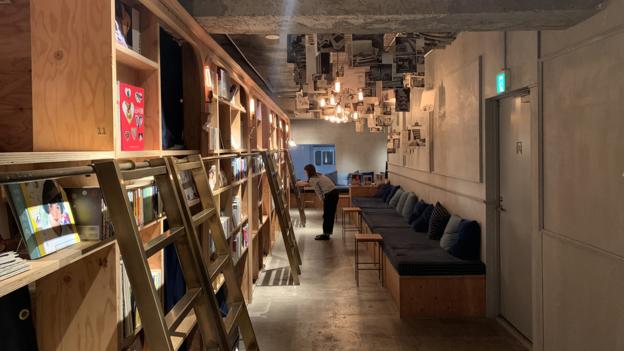Another company at the forefront of this trend is the Boston-based software provider Humanyze, which worked with Bank of America in 2009. The bank had noticed a downward trend in the productivity of some of its call centres – and a disturbing upwards trend in the number of workers who were leaving them – and thought it might be linked to workplace culture. So they called in some help, in the form of fancy new ID badges.
The badges are loaded with technology: they can tell when a worker is moving about and where they are in the building. They know when someone is having a chat with a colleague and how long their conversation lasts. The badges can even tell if two people are facing each other while speaking.
By analysing anonymised data from the badges, Bank of America noticed that their call centre staff typically interacted the most during their lunch breaks. At the time, these only overlapped for around 15 minutes each day – but the company hoped that extending this time would result in happier, more productive employees. So they changed their break schedules, and improved employee productivity by 23%.
“Today the ID card is basically obsolete,” says Gregg Carman, head of global commercial operations at Humanyze. Internet of things sensors are much smarter, and increasingly common in offices. “But companies are only just now getting to the point where they are ready to use the metadata from those sensors for things other than turning on or off the lights or heating or ventilation systems.” Humanyze are now focused on analysing the vast quantities of data that employers are already collecting to try to understand why some teams are more productive than others.
Though it’s too early to tell if biometric CVs will be the future of hiring, modern offices are already hotbeds of biometric information. And with the rapid improvement of AI, it won’t be long before employers can accurately predict, or at least track, the performance of their workforces like never before.
The potential advantages to employers are obvious – but this new era of scrutiny will also come with risks. It’s time to decide if we’re comfortable with these – or not.

